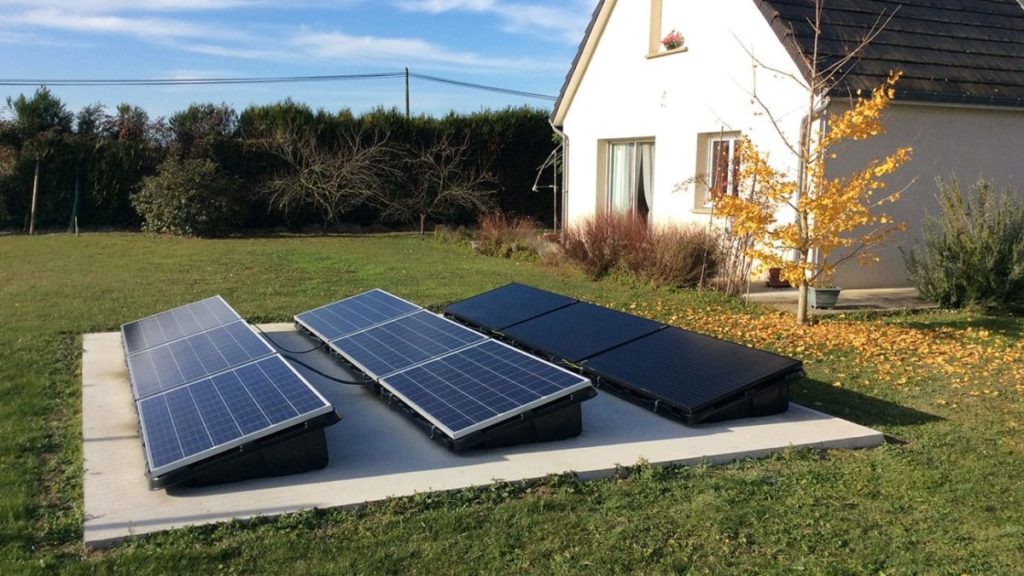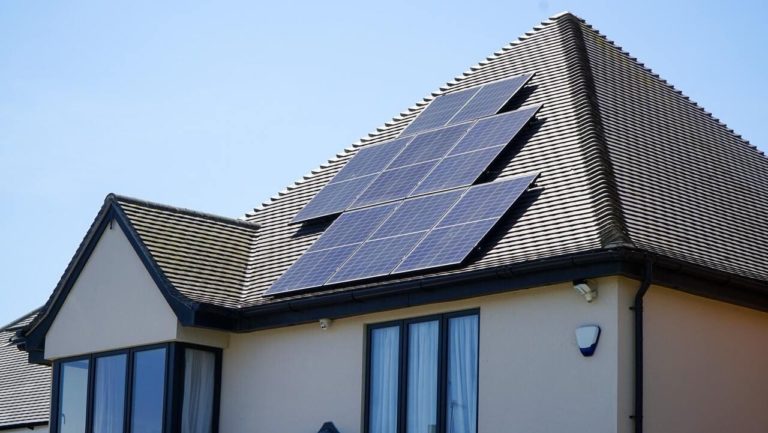There are many types of installation when it comes to solar panels, to help you see more clearly and make your choice, we tell you more about each !
The overlay
This is the most common method. Firstly, because of its cost, which is less important than the integration to the building because the installation does not affect the insulation and the waterproofing of the house. This installation allows a different slope of your roof, which can be very interesting to maximize the solar yield. And finally, if a new solar technology arrives in the years to come and you wish to benefit from it, the modification will be done much more simply by replacing the existing one.

Building integration (BIPV)
This technique, as its name indicates, allows you to integrate and therefore replace part of the tiles on your roof. Often appreciated for its aesthetic side, this method of installation is not without risk. Indeed, the fact of replacing the tiles implies a particular attention to the insulation of your roof, because it will be now your photovoltaic panels which will carry out this work of insulation. In fact, this installation is more expensive than the first one because it is not enough to install the panels but to cover the roof.
The other black point of this installation is its solar yield. It is necessary to know that the more a photovoltaic panel rises in temperature the less energy it will produce. And in the case of an IAB, the panels do not benefit from space with the framework, which leads in case of strong heat to decrease of profitability because there will be less air to come to refresh the photovoltaic cells.

The installation on the ground
The last solution is the most accessible and is mainly recommended when the installation on the roof is not possible.

The choice is up to you and it is obviously subject to a global reflection by taking into account several elements, our consultants e- Léman Energies will guide you step by step in your project.



